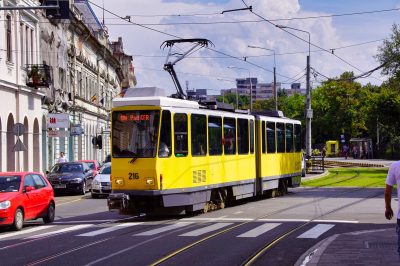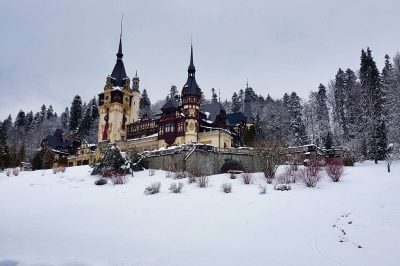Romania is a fascinating country that is characterized by old cities, enchanted castles, modern metropolises and above all a lot of untouched nature. On Wildeast we will introduce you to the country in detail in the coming weeks, but today we want to start with an overview of the 20 most important Romania tourist attractions and give you a little taste of the country! We have compiled a list of practical travel tips for you and you can also find out when it is best to travel to Romania in a separate article. But here we go with the top 20 Romanian sights!
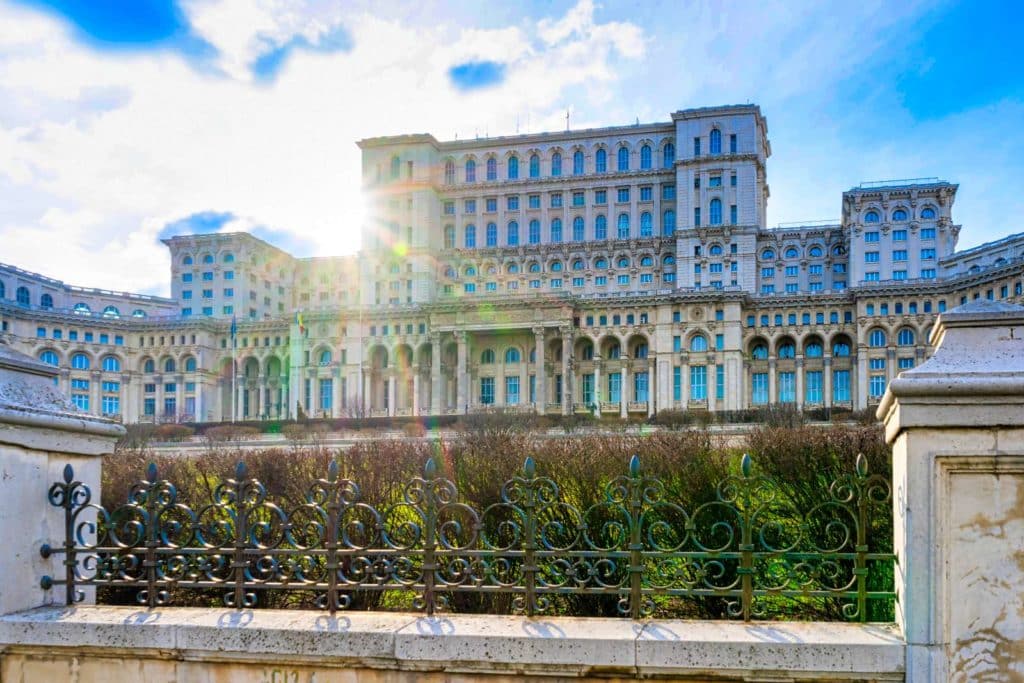
Bucharest with Palace of Parliament
Of course, there is no way around the Romanian capital Bucharest in our list. And there is no way around the Palace of Parliament. We mean that literally, because with its built-up area of 365,000 m², it is the second largest administrative building in the world after the Pentagon. Whole neighborhoods had to be demolished to realize this monstrosity for dictatorship Ceaușescu. In the meantime, however, the people of Bucharest have come to terms with the building, even if they still haven’t found a use for all of the more than 5,000 rooms.
Apart from the Palace of Parliament, the city of about 1.8 million inhabitants has much more to offer. Although many historic buildings had to give way to Ceaușescu’s building frenzy, many of the socialist buildings do have their charms and there is no shortage of triumphal arches, old churches, interesting museums, chic cafes and quiet parks!
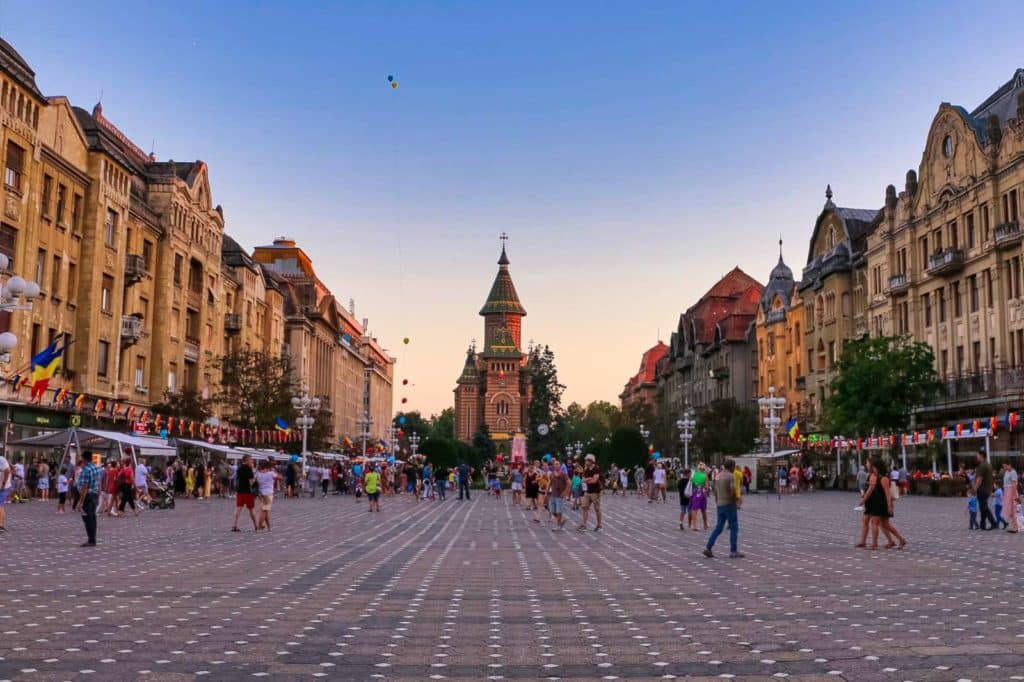
Timișoara
Timișoara is located in the far west of the country in the border triangle with Hungary and Serbia. The third largest city in Romania is characterized above all by its multicultural heritage, once the Danube Swabians were the majority of the population here. It is also known as a city of religions, because here you can find magnificent places of worship of various colors. In total, the city has almost 15,000 historic buildings. Also due to the long affiliation with Austria-Hungary, it is called “Little Vienna”. Originally, Timișoara was to bear the title of European Capital of Culture in 2021. However, because of Corona, the celebrations were postponed until 2023. Then, presumably, even more of the historic buildings in the city center will be restored and thus made fit for the future.
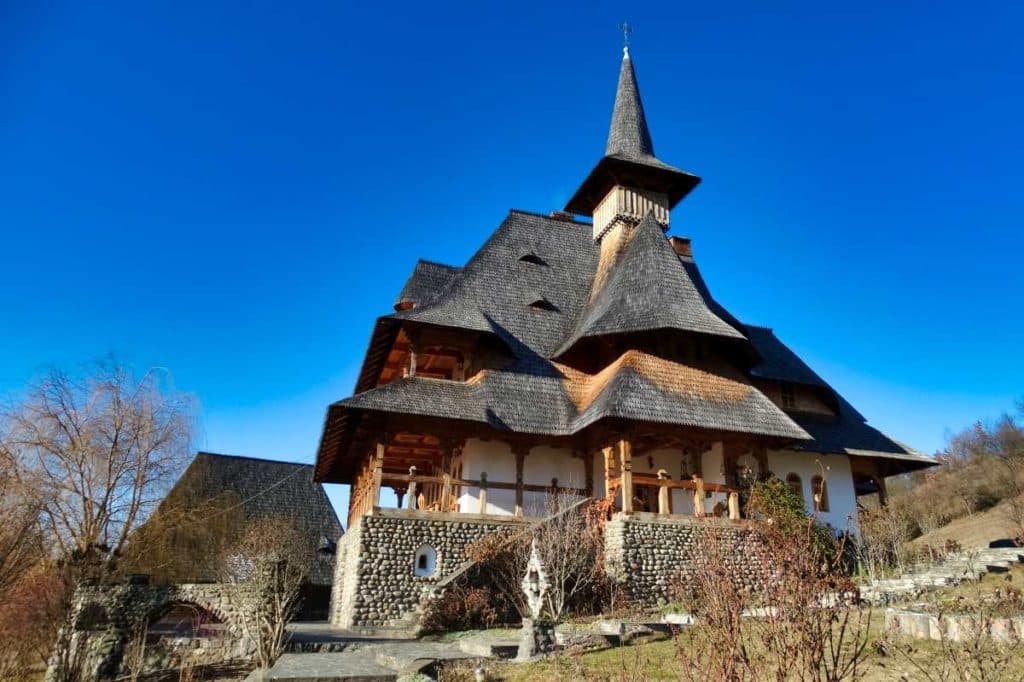
Wooden churches in the north of the country
The Maramureș region on the Ukrainian border is home not only to the Hutsul people, but also to numerous wooden churches. About 60 of them are said to exist in the region, most of them are located in the Romanian part. Eight of them have even been declared a World Heritage Sites by UNESCO, With their sometimes bizarre-looking pointed bell towers, they are not only a real eye-catcher, but also have ornate carvings and painted wooden icons inside. So photo fans should definitely visit the wooden churches of Maramureș.
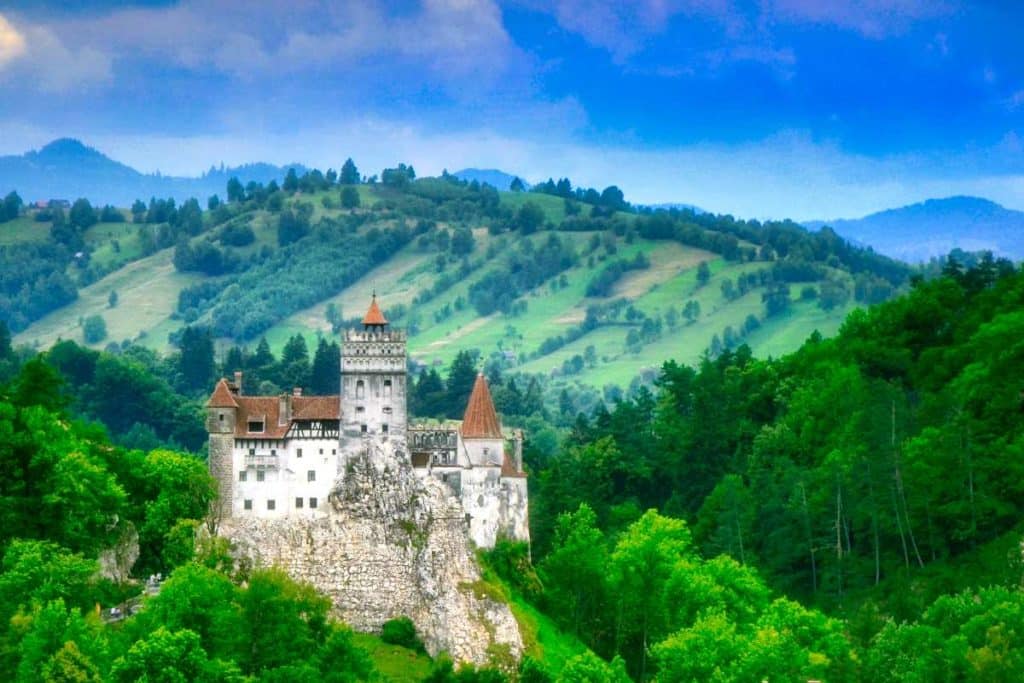
Dracula’s Castle in Bran
Yes, Count Dracula really existed. Many Romanians roll their eyes when asked about it, because he was definitely not a bloodsucking vampire. Others see it pragmatically and earn their money with Dracula myth and the sale of more or less tasteful souvenirs. But where did the historical Dracula actually live? It is considered certain that it was not at Bran Castle. However, since Dracula works well as a brand ambassador, this does not bother anyone here. The castle doesn’t really need this kind of advertising, because the 13th century castle is picturesquely situated on a rock. It was originally run by the Teutonic Order, later served as a royal residence and today houses a nice museum.
Vama Veche
Vama Veche is the southernmost village on the Romanian Black Sea coast and still an insider’s tip, especially for foreign tourists. The village with its 250 inhabitants was once founded by Gagauz people. But that is not why visitors come here. They arrive, because Vama Veche is considered a kind of counter-design to the other beach resorts in Romania. To this day, there are no large hotel buildings here. This was prevented by citizens’ initiatives. Instead, guests stay in guesthouses and pensions or in tents on the beach. The vibe here is relaxed and reggae music plays in the beach bars.
In the evening, tourists celebrate with bar staff and locals parties on the beach with electronic music. If you feel uncomfortable in the hustle and bustle of the big resorts with their all-inclusive offers, this is the place for you!
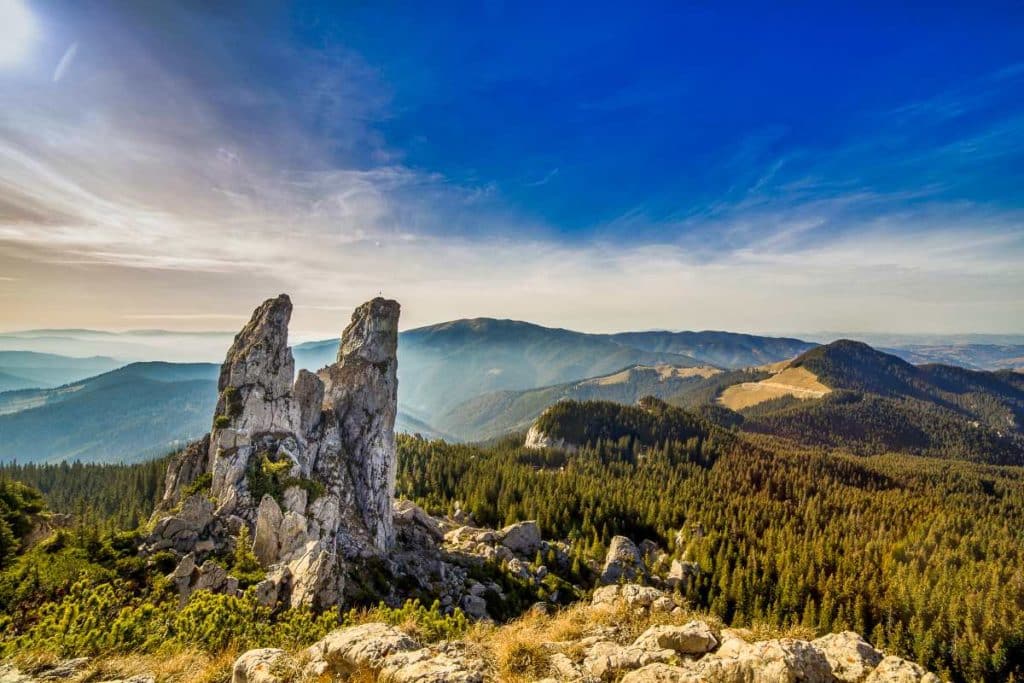
The Romanian Carpathians
The Carpathians are a huge mountain range that stretches across the Czech Republic, Slovakia, Poland, Ukraine (click here for our article with the most beautiful sights in the Ukrainian Carpathians) and Romania to Serbia, and whose foothills cover almost a third of Romania’s total area. This paradise for hikers and mountaineers (Romania’s highest point, the Moldoveanu, is over 2500 meters high, but is no problem even for beginners) is occasionally interrupted by remote villages, but otherwise you have the nature here almost to yourself and have to share it only with the many (mostly harmless) bears, bird species and deer.
Sighișoara
Like so many places in our list of the most important sights in Romania, Sighișoara is located in the heart of the country. The German name Schäßburgalready indicates that in former times mainly Transylvanian Saxons lived here, i.e. Germans. The historical center of Sighișoara with its old town alleys, the Stundturm and the alleged birthplace of Dracula was declared a World Heritage Site by the UNESCO years ago. Speaking of Dracula: Years ago, a Dracula theme park was supposed to be built here, but this failed due to the objections of the local population. But no one needs such a park, after all, there is truly enough to see in Sighișoara!
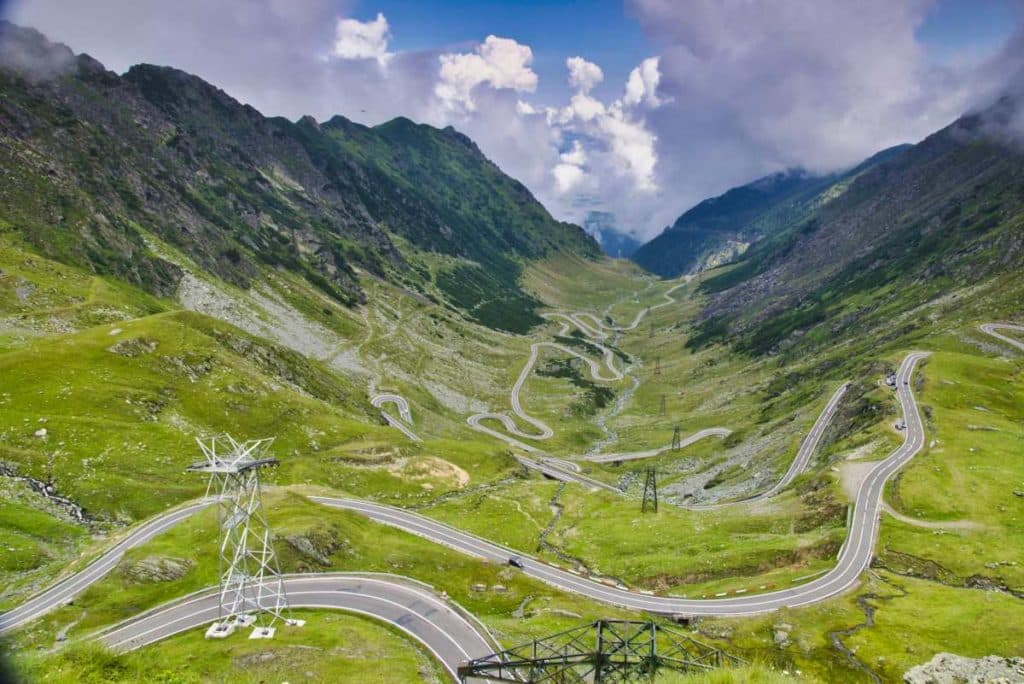
Transfăgărășan
“The way is the goal” is the motto for a trip along the Transfăgărășan High Road. The spectacular route in the Făgăraș Mountains forms the link between the Argeș Valley in Wallachia with the Olt Valley in Transylvania. It is over 100 kilometers long and much more than just a normal road. On the way, which partly consists of serpentines, you will pass old hydroelectric power plants and idyllic mountain lakes and sometimes you can only see a few meters away, because the road partly runs at an altitude of over 2000 meters, which has also earned the Transfăgărășan the nickname “road in the clouds”.

Constanța with its Casino
Constanța is the southeasternmost major city in Romania and is picturesquely located on the Black Sea coast. The place is settled since ancient times and besides Romanians also many Turks and Tatars live here. Especially worth seeing is the Ovidiu Square (named after the Roman poet Ovid, who lived here his last years in exile), but above all the famous casino of the city. Built in 1910, it slumbered for a long time, but is currently undergoing extensive restoration and is one of the most beautiful buildings in Romania. By the way, Constanța is also a good tip for bathing fans, as there are numerous beaches in the vicinity of the city.
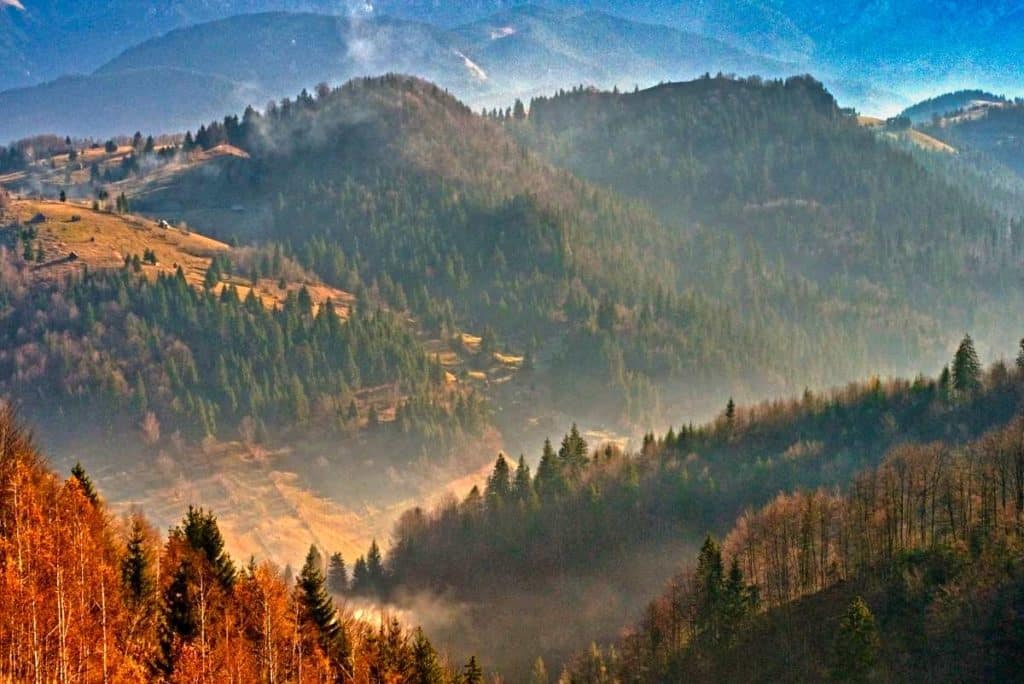
Piatra Craiului National Park
In the heart of the country lies the Piatra Craiului National Park. The lush forests and spectacular limestone formations are the habitat of numerous endangered species of animals and plants. Bears, deer, wolves and foxes live here almost undisturbed by the modern world, and if you long for peace and relaxation while hiking, there’s really no way around the Piatra Craiului National Park. On the way, you will come across not only the royal carnation, which can only be found here, but also several rare species of orchids, herbs and trees.
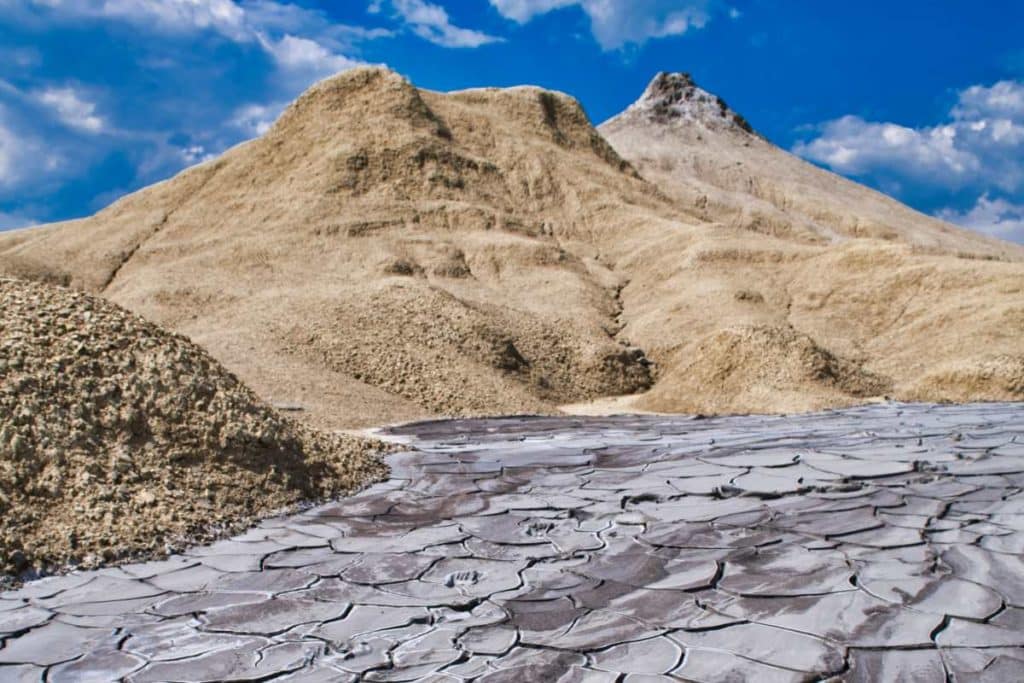
Berca mud volcanoes
Wallachia in the south of Romania is bordered by the Southern Carpathians and the Danube and has a lot to offer, not only culturally. In Buzău County, a 30km² area was placed under nature protection 100 years ago, in which several mud volcanoes are located. Gas rises to the surface from thousands of meters below the surface, and together with sediments in the form of mud, it creates a bizarre landscape, somewhat reminiscent of the moon. Definitely one of the most photogenic Romania tourist attractions!
Sibiu
Sibiu represents the European idea like hardly any other city in Romania. The Transylvanian city is called Hermannstadt in German and Nagyszeben in Hungarian. In 2007, Sibiu was European Capital of Culture. The Capital of Culture year led to a small boom in Sbibiu. The old town was renovated and central squares such as the Great and Small Ring were completely redesigned. The multicultural city has numerous museums, theaters and classical sights such as churches and palaces, and with the backdrop of the Carpathian Mountains it looks like something out of a fairy tale.
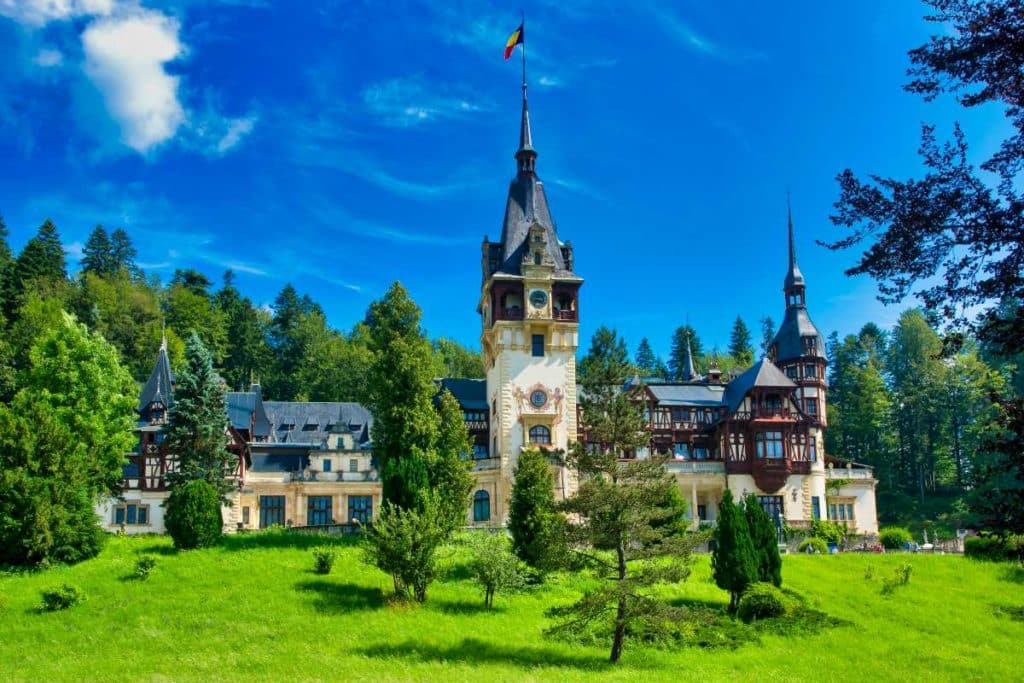
The castles Peleș and Pelișor
South of the city of Brașov stands an impressive fairy-tale castle in the neo-Renaissance style. Peleș was built by Austrian and German architects for King Charles I in the 19th century. In the meantime, no crowned heads live here anymore, but the castle can be visited and has already served as a backdrop for numerous Hollywood productions. And best of all, there is another castle, Pelișor Castle, just 300 meters up the slope, so you can visit the two complexes in just one trip.

Iași
The city of Iași, with almost 300,000 inhabitants, is located in the far northeast of the country, on the border with the Republic of Moldova. It used to be the most important city of the Principality of Moldova, which is why it is not surprising that so many unique historical sights can be found here. In addition to numerous churches, you should especially take a look at the Palace of Culture in the neo-Gothic style. Not only is the building itself worth seeing, it also houses four museums, including the largest art collection in Romania. There is also a huge botanical garden and several monasteries in the surrounding area.
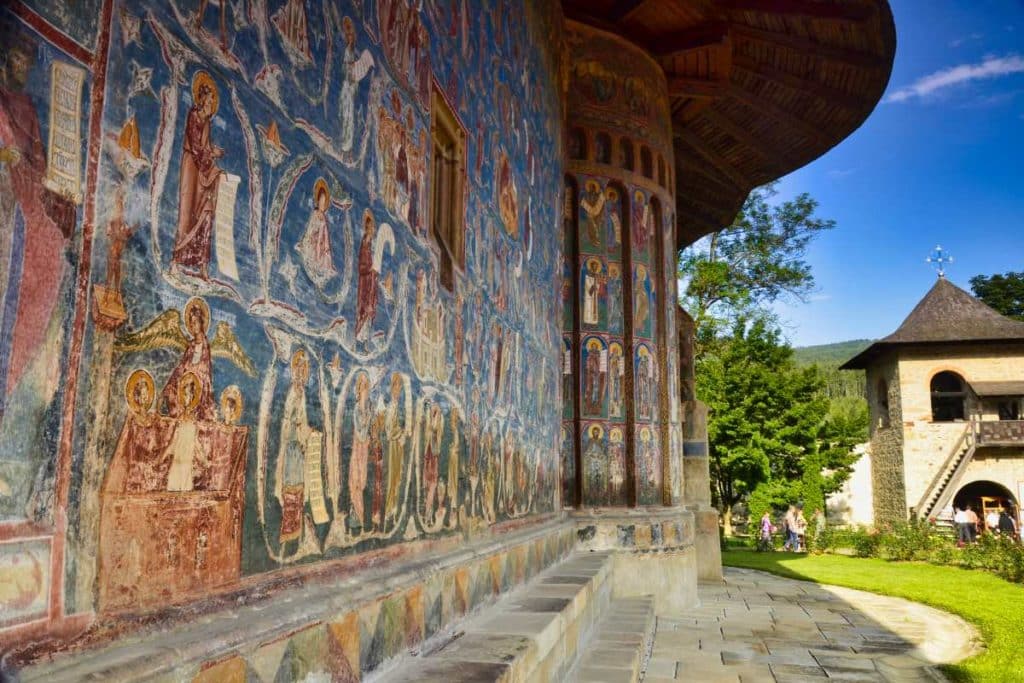
Voroneț Monastery
In Southern Bukovina there are a number of picturesque churches, which actually all deserved a mention in the list of top Romania sights. The most beautiful of them, however, is the part of the Voroneț monastery complex. Dedicated to St. Stephen, the God’s House is best known for its frescoes, which here decorate not only about the interior of the church, as is common in the West, but also the exterior. Also known as the “Sistine Chapel of the East,” the church is adorned with depictions of the Last Judgment, Adam and Eve in Paradise, and the family tree of Jesus, among others. Miraculously, the colorful paintings have survived the test of time and still present themselves in all their glory to tourists from all over the world.
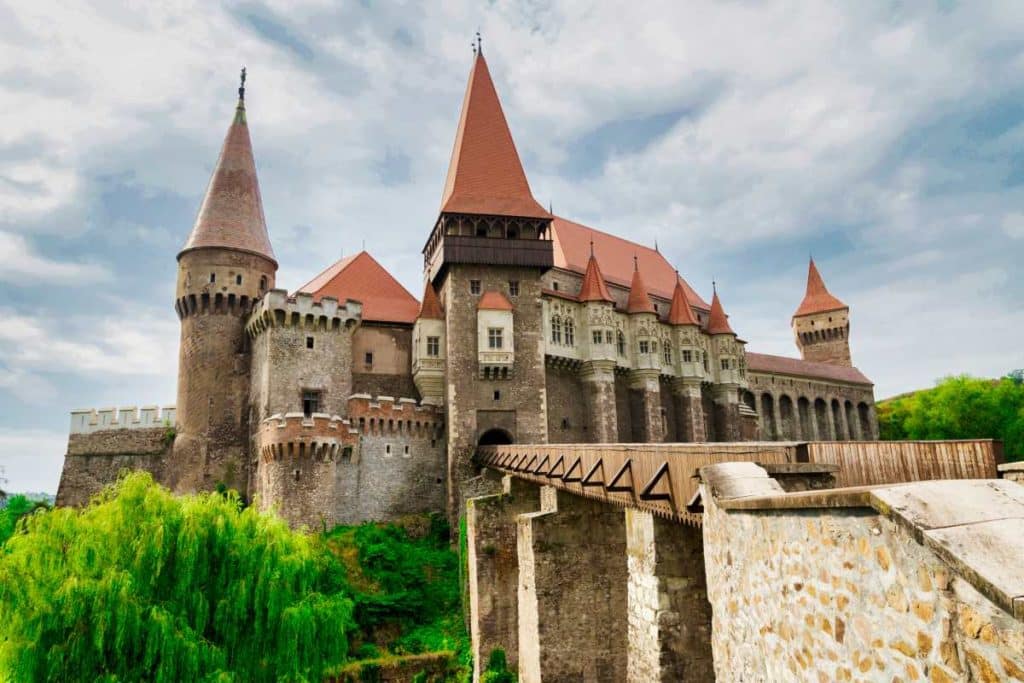
Hunedoara
In Transylvania lies the medium-sized town of Hunedoara, which in itself would probably attract few tourists. However, with the castle of the same name, it has one of the most famous sights of the country. Also known as the Black Castle, it was built in the 14th century and is perched on a rocky massif west of the center. It was here that the historical Count Dracula found shelter on his flight from Ottoman troops, and it is not only for this reason that numerous legends surround the enchanted Black Castle. Hunedoara Castle is also an international film set. If there is no filming taking place, you can visit the area without any problems.
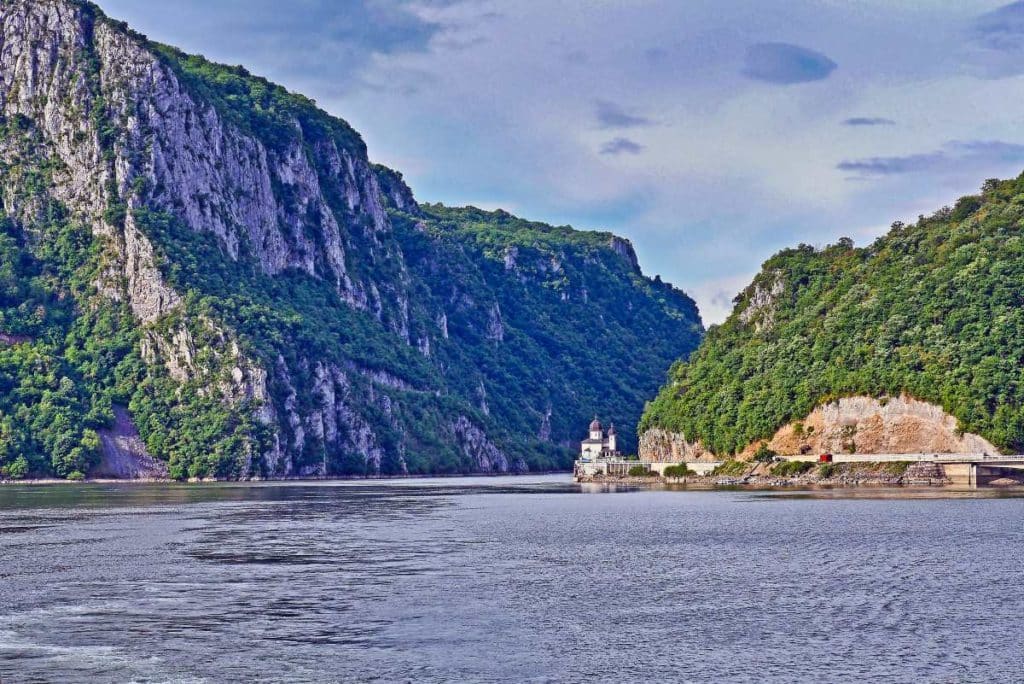
The Iron Gate
The Romanian-Serbian border is not marked by barbed wire and watchtowers, but by a unique natural landscape. Over the course of time, the Danube has burrowed further and further into the mountain massif of the Serbian Carpathians and the Banat Mountains, creating a spectacular scenery. The journey by boat is not without danger, but you will be rewarded with unique views and on the way you will come across Roman ruins, remains of ruined fortresses in the water and one or the other church on the bank. Cruises can be so beautiful …
Brașov
Brașov is located in the heart of the country in the region of Transylvania and used to bear the inglorious name Orașul Stalin (“Stalin City”). However, those who expect prefabricated concrete slabs and Russian-sytle monumental buildings are mistaken. Brașov can call a wonderful old town its own, which can score with medieval town houses, magnificent churches and several synagogues. The location of Brașov is also special, because numerous bears still live in the forests around the city, and they can be seen from time to time in the outskirts of the city in search of food.
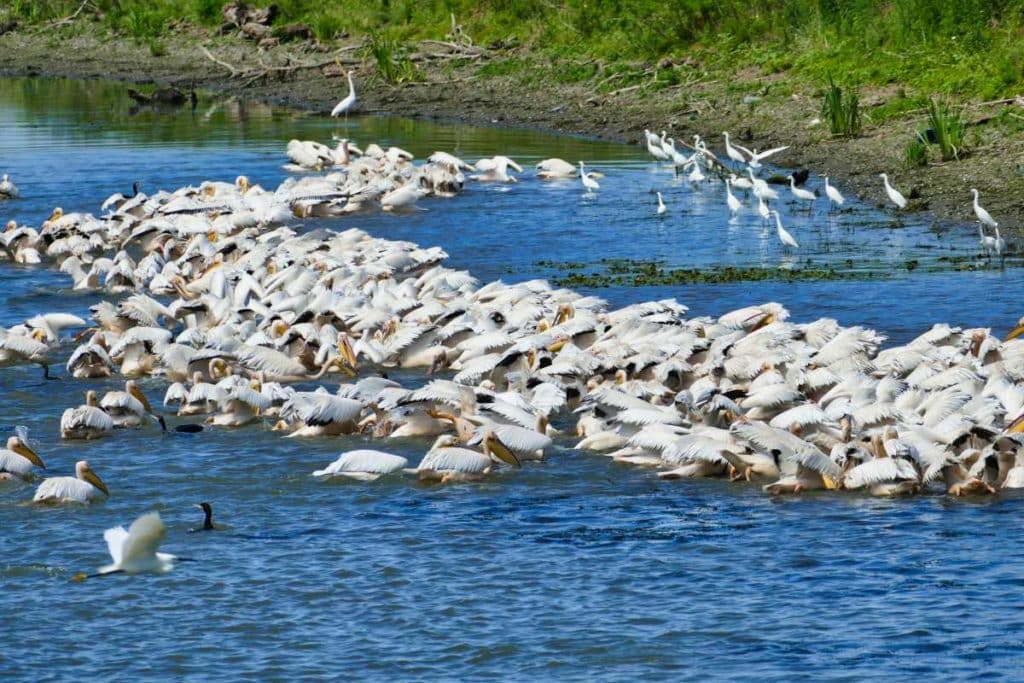
Danube Delta
The Danube has traveled over 2800 kilometers by the time it reaches the Black Sea from its source in the Black Forest. The Danube Delta is divided into a Romanian and a smaller Ukrainian part and forms here a unique natural landscape, which was awarded by UNESCO as a World Heritage Site. More than 5000 different animal and plant species can be found here, which you can best explore on a trip by barge or boat.
Sustainable tourism is now the order of the day here, and there is hardly a place where you can slow down as much. But the region also has a lot to offer culturally: The Lipovans, a Russian-speaking minority who have preserved their traditions over the centuries, live here and you can get an impression of their culture in the small villages of the Danube Delta.
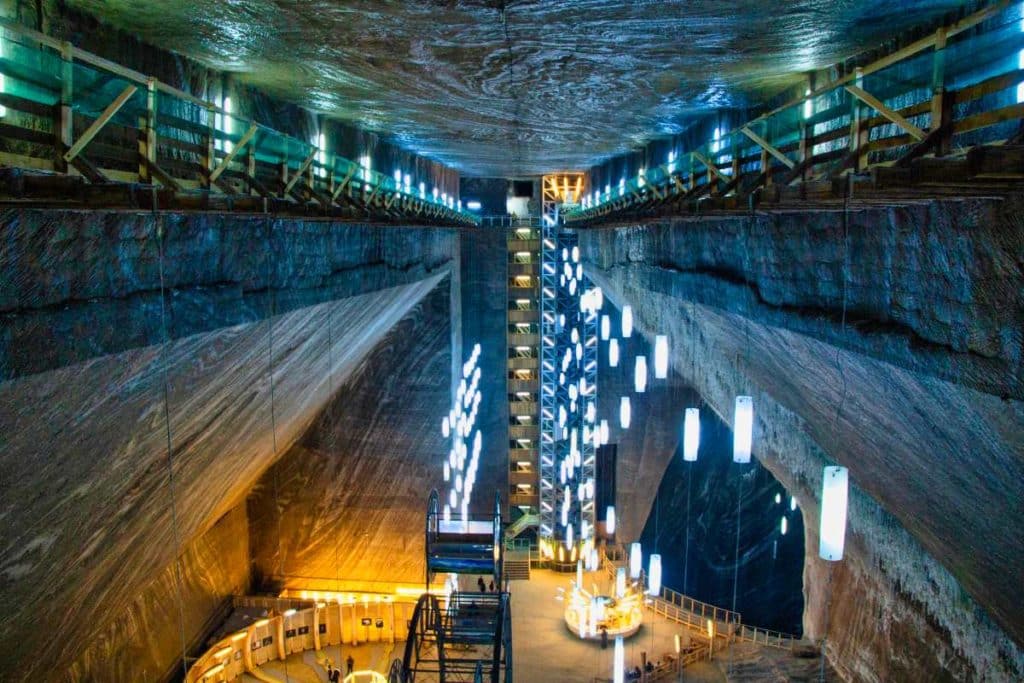
Turda Salt Mine
In the northwest of the country there is one of the oldest salt mines in Transylvania. Salt was mined here in ancient times, when it was one of the most expensive commodities. However, the present mine dates back to the 17th century, when the Habsburgs wielded the scepter in the region. When other mines began to produce higher quality salt, work here gradually ceased.
And why then is the Turda Salt Mine one of the most interesting Romania sights? Quite simply, a kind of underground amusement park has been created here, which should be unique in this form. Here you can ride the Ferris wheel underground, walk on a platform on an underground lake, listen to a concert or play a round of bowling – crazy! We have already reported about another salt mine, here you can read our article about Wieliczka.
How did you like our trip through Romania? What are the most beautiful Romania tourist attractions for you? Let us know and write us a comment. And feel free to follow Wildeast on Facebook or Pinterest to stay up to date with the latest articles.
Romania Tourist attractions – These are our book recommendations
You want to travel to Romania or get to know the country through literature? Then our book tips are just right for you!
No products found.
This classic tour guide presents Romania and neighbouring Bulgaria in all its variety.
No products found.
This well written books tells you everything you need to know about Romania’s troubled history.
No products found.
Who was the real Count Dracula? This book tells you what he was really like!


